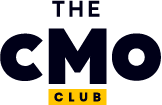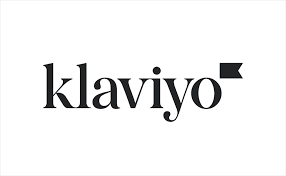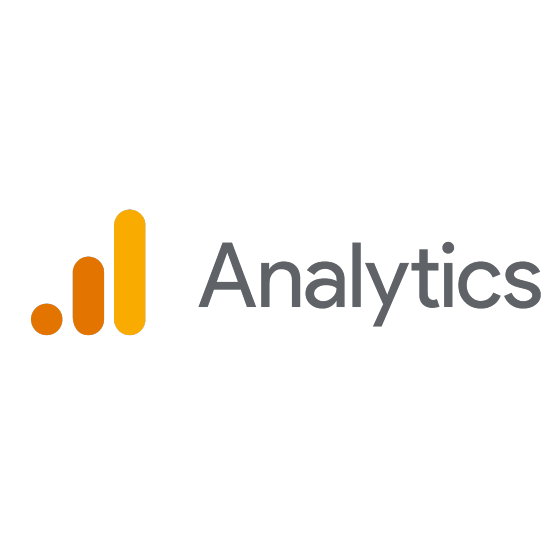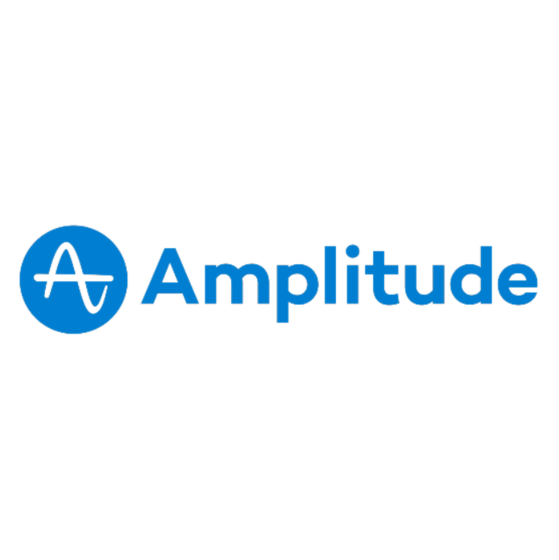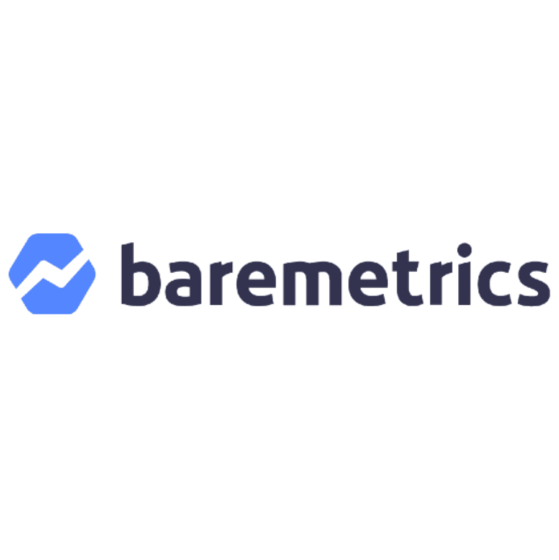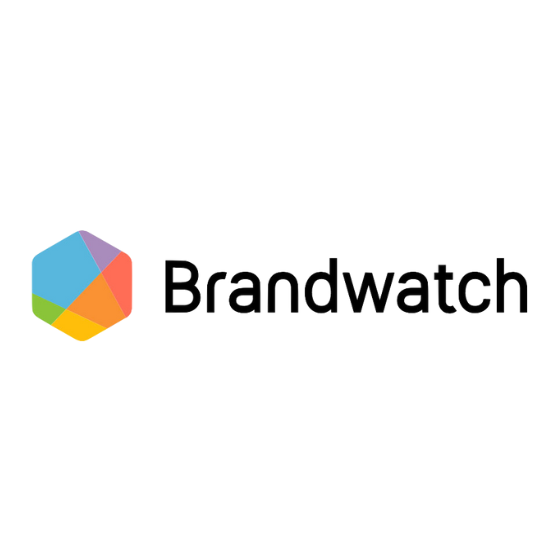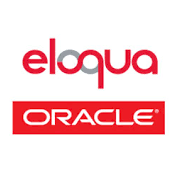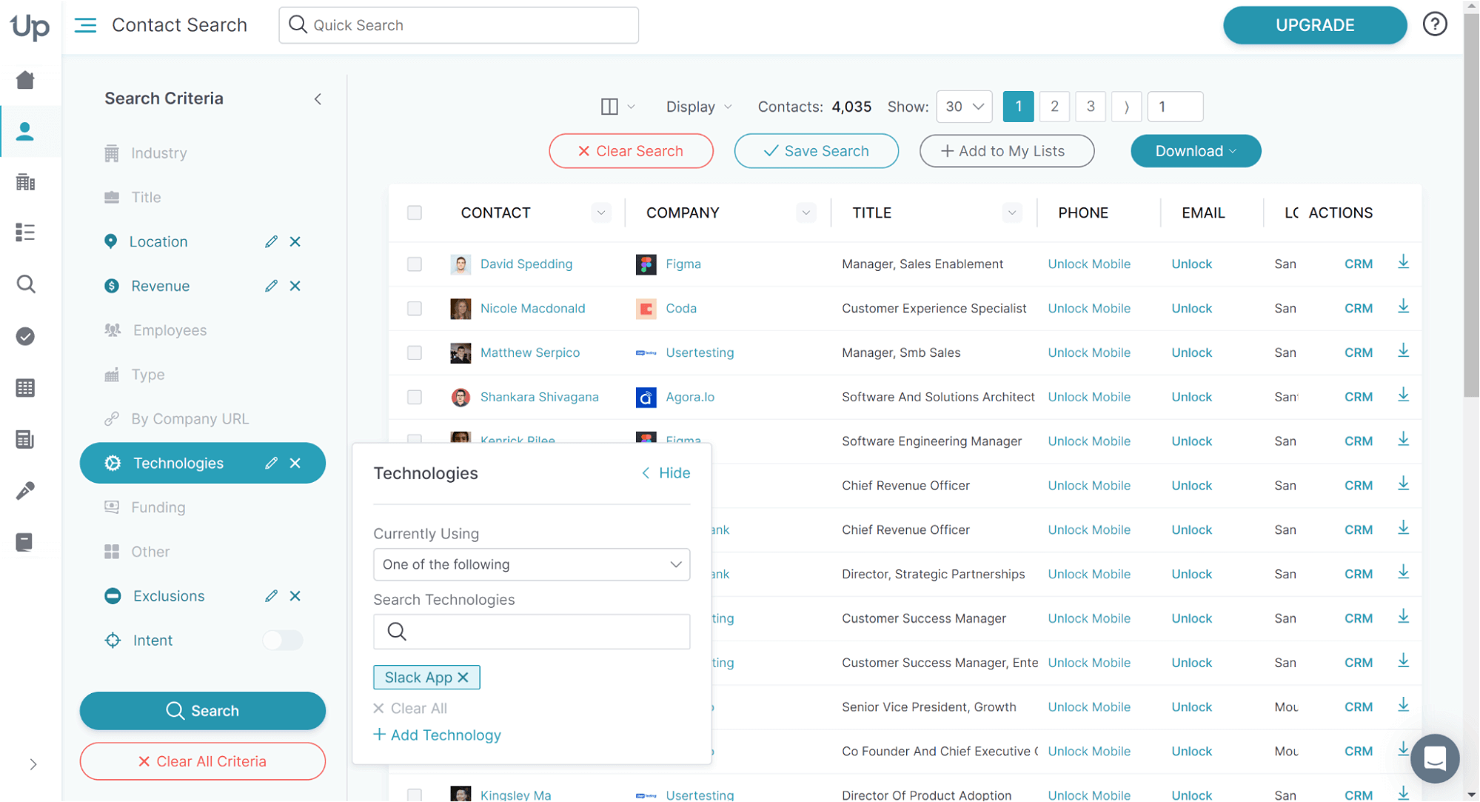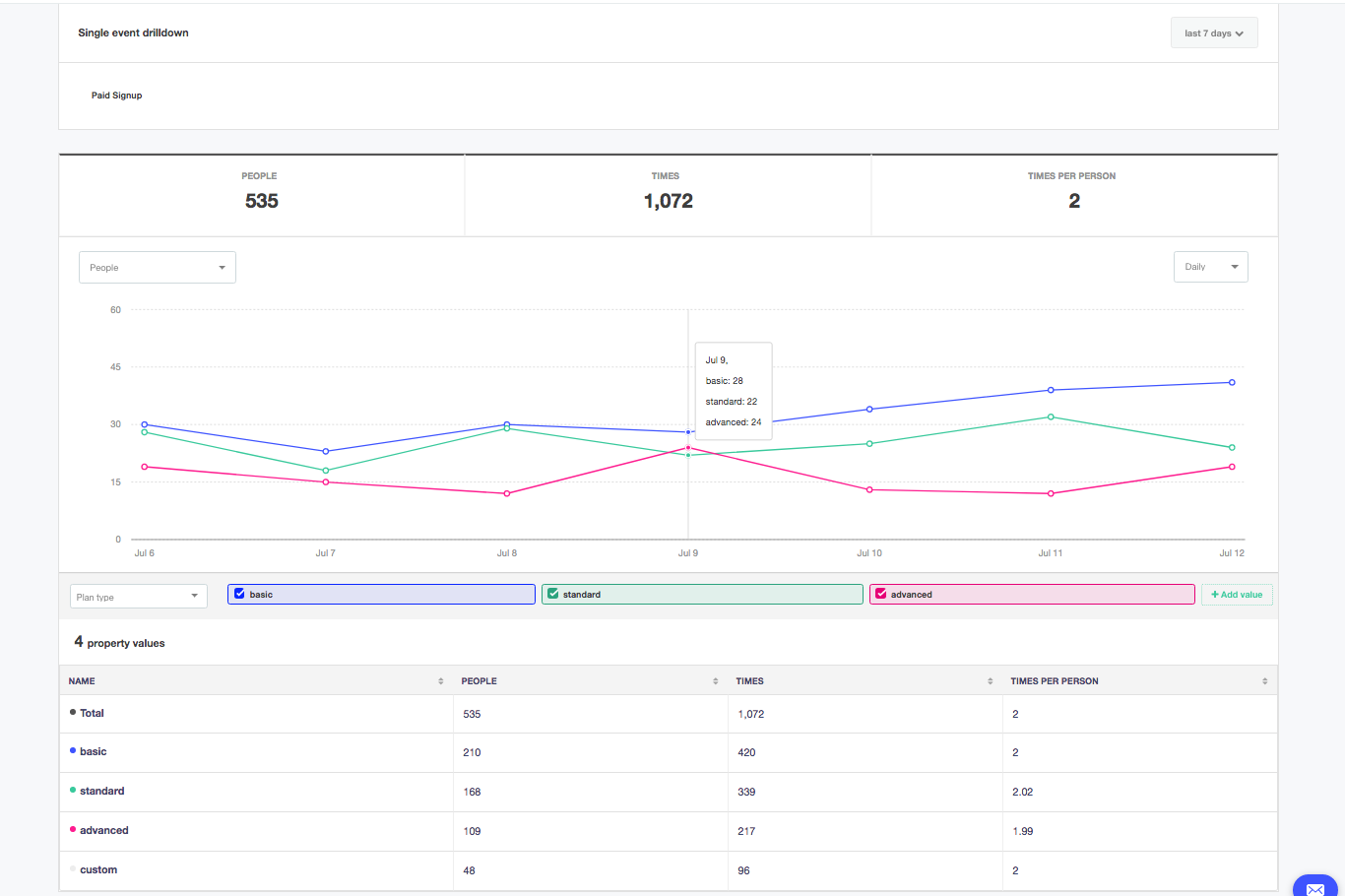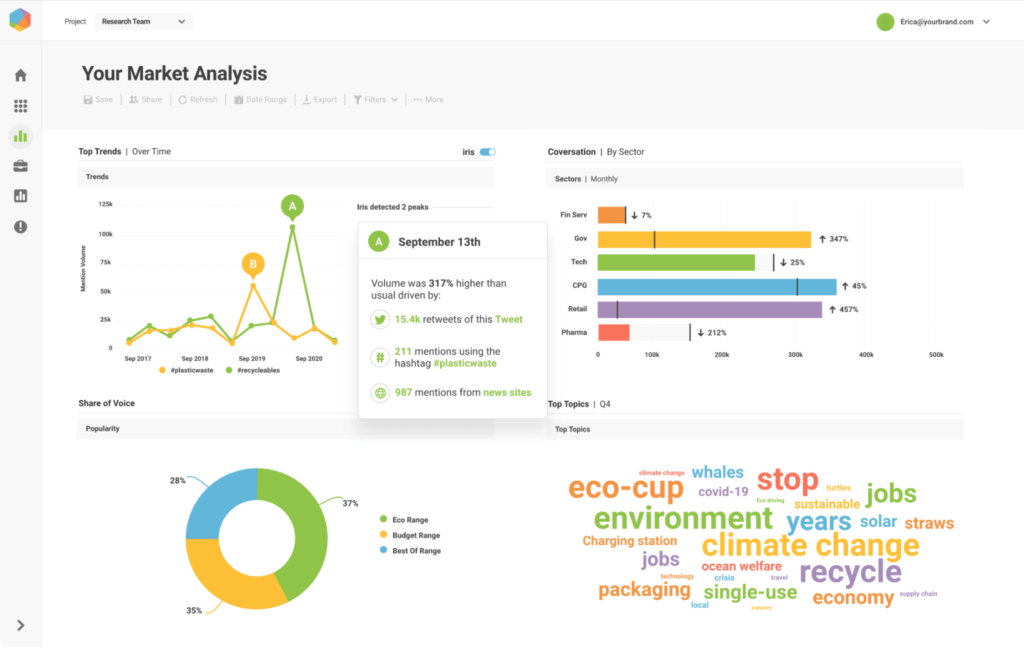10 Best Marketing Segmentation Tools Shortlist
Here’s my pick of the best marketing segmentation tools along with what each does best:
In today's fast-paced marketing world, understanding your audience is crucial. You're likely juggling multiple campaigns and trying to reach the right people at the right time. That’s where market segmentation tools come in, helping you pinpoint your audience and tailor your strategies effectively.
I've independently tested and reviewed these tools to give you an unbiased perspective. In my experience, the right software can transform how your team approaches marketing challenges, making your efforts more targeted and efficient.
In this listicle, you'll find my top picks for market segmentation tools, chosen for their unique features and benefits. Whether you're looking to improve targeting accuracy or enhance marketing strategies, there's something here for your team.
Why Trust Our Software Reviews
The Best Marketing Segmentation Tools Summary
| Tool | Best For | Trial Info | Price | ||
|---|---|---|---|---|---|
| 1 | Best for automated segmented campaigns | Free plan available | From $45/month | Website | |
| 2 | Best for A/B testing | Free plan + demo available | From $800/month + $45/month for additional seats | Website | |
| 3 | Best for B2B lead segmentation | 7-day free trial | From $99/month | Website | |
| 4 | Best analytics suite for marketing segmentation | Free plan available | Free for small and medium-sized businesses | Website | |
| 5 | Best marketing segmentation tool for multiple channels | Free demo available | Pricing upon request | Website | |
| 6 | Best for tracking customer journeys | Free plan available | From $49/month (billed annually) | Website | |
| 7 | Best data-enrichment tool for B2B marketers | Freemium plan available | Pricing upon request | Website | |
| 8 | Best customer segmentation tool for SaaS | 14-day free trial available | From $129/month | Website | |
| 9 | Easiest marketing segmentation tool to get started with | 30-day free trial + free demo | From $299/month (billed annually) | Website | |
| 10 | Best for discovering new potential customer segments | Free demo available | Pricing upon request | Website |
-

Eloqua
Visit WebsiteThis is an aggregated rating for this tool including ratings from Crozdesk users and ratings from other sites.4.3 -

Optimizely
Visit WebsiteThis is an aggregated rating for this tool including ratings from Crozdesk users and ratings from other sites.4.2 -

Uberflip
Visit WebsiteThis is an aggregated rating for this tool including ratings from Crozdesk users and ratings from other sites.4.3
Best Marketing Segmentation Tool Reviews
Below I’ve briefly covered the pros and cons of each marketing segmentation tool and explain the ideal use case for each software. I’ve also included screenshots to highlight the different user interfaces and help you make a decision.
Klaviyo is a marketing automation and management software that offers a centralized platform for businesses to create personalized customer experiences across various channels such as email, SMS, and mobile push.
Why I picked Klaviyo: The platform allows businesses to create highly specific audience segments based on various criteria such as customer behavior, purchase history, and engagement levels. Klaviyo’s real-time data processing ensures that segments are always up-to-date, enabling precise targeting and personalization. Additionally, the integration with Klaviyo's flows feature allows for automated, segmented campaigns.
Klaviyo Standout Features and Integrations
Features include A/B testing, multichannel campaigns, predictive analytics, drag-and-drop email builder, customizable signup forms, real-time reporting, pre-built templates, and customer journey tracking.
Integrations include Shopify, Salesforce, Wix, WooCommerce, Adobe Commerce (Magento), BigCommerce, Google Analytics, Facebook Ads, Instagram, Stripe, PayPal, QuickBooks, Zendesk, and Slack.
Pros and cons
Pros:
- AI predictive analytics
- Good reporting and analytics
- Drag-and-drop automation builder
Cons:
- Can take time to set up segments
- Can get expensive with more active profiles
HubSpot Marketing Hub is a comprehensive marketing automation software designed to help businesses generate and nurture leads, create engaging content, and analyze campaign performance.
Why I picked HubSpot: Its segmentation capabilities allow users to create lists based on various criteria, such as behavior, demographics, and engagement levels. The platform's advanced filtering options also enable marketers to drill down into customer data and create segments for personalized campaigns. Additionally, it facilitates A/B testing of different segments and analyzes performance metrics.
HubSpot Standout Features and Integrations
Features include social media management, SEO tools, content management, lead scoring, web analytics, sales pipeline management, workflow automation, custom reporting, email tracking, and predictive lead scoring.
Integrations include Asana, Mailchimp, Slack, Zapier, Microsoft Dynamics, Shopify, WordPress, Salesforce, Google Analytics, QuickBooks, Stripe, and Trello.
Pros and cons
Pros:
- Easy-to-learn interface
- Good automation capabilities
- Integrates marketing, sales, and CRM tools
Cons:
- Free version has limited features
- Can get expensive when scaling
UpLead is a B2B prospecting platform with features that help facilitate B2B lead segmentation at scale.
Why I picked UpLead: instead of just offering company and contact databases, UpLead also offers implementation tools to help you create segmented campaigns and deliver unique website content to specific segments.
UpLead is a good match if you’re using an ABM Lite approach and want more data points to help you segment your campaigns effectively.
UpLead Standout Features and Integrations
Features include account identification, lead enrichment, prospect segmentation, intent data segmentation, website personalization, and segmented email campaigns.
Integrations include Salesforce, HubSpot, Insightly, Zoho CRM, Pipedrive, Microsoft Dynamics 365, Outreach, SalesLoft, Reply, Woodpecker, Copper, and Mailshake.
Pros and cons
Pros:
- Segmentation available for email and website content through integrations.
- Intent data helps you prioritize leads and target accounts.
- Good quality company and contact data.
Cons:
- Credits used for exporting company information, not just verified contact info.
- Limited integrations.
Google Analytics isn’t just a website analytics tool, it also includes powerful audience segmentation tools that you can easily apply to your Google Ads campaigns.
Why I picked Google Analytics: Google Analytics is free and already in use on most websites for analytics, and it has audience segmentation tools that are often underutilized by marketing teams. It's somewhat lacking in terms of integrations and easy implementation (except for Google Ads), but it can be a great starting point into the world of segmentation for smaller marketing teams.
Google Analytics Standout Features and Integrations
Features include website tracking, audience reporting, demographics data, audience segmentation options, audience creation for Google Ads, and more.
Integrations include Google Ads, Google Data Studio, Google AdSense, Google Customer Match, Search Console, and custom integrations through third-party solutions.
Pros and cons
Pros:
- Plenty of pre-built audience segment reports available.
- Easy to segment Google Ads campaigns based on website interactions.
- 100% free for most use cases.
Cons:
- Limited segmentation implementation options beyond Google Ads.
- Native integrations are limited to Google Products.
Segment (a subdivision of Twilio since 2020) is a customer data platform (unified analytics and audience management platform) designed to tackle the problem of data silos in marketing and customer management.
Why I picked Segment: It’s one of the only platforms available that was built from the ground-up to tackle audience segmentation across multiple channels specifically.
Segment Standout Features and Integrations
Features include data distribution, data unification (single source of truth), audience segmentation recommendations, real-time dashboards, and custom audience reports.
Integrations include Bing Ads, Criteo, Double Click, Google Ads, Facebook Ads, LinkedIn Ads, and 300+ more data sources and destinations.
Pros and cons
Pros:
- Built into the Twilio platform so you can easily segment campaigns based on real-time data.
- Generate reliable insights based on multi-channel data.
- Get all your customer data in the same place.
Cons:
- Certain useful features are locked behind expensive add-ons.
- With visits-based pricing, Segment can be pricey for high-traffic sites.
Amplitude is a product usage intelligence platform that helps companies find patterns, improve their user experience, and boost the average customer lifetime.
Why I picked Amplitude: Amplitude makes it easy to create and compare the performance of different segments throughout your application.
Amplitude Standout Features and Integrations
Features include user event tracking, demographics data, real-time reporting, user segmentation, cross-device unification, custom events, and user path tracking.
Integrations include Appcues, Adobe Analytics, Census, Bento, Fivetran, Facebook Ads, Google Ads, Shopify, Salesforce, and HubSpot.
Pros and cons
Pros:
- Import event data through a myriad of integrations.
- Powerful custom events help you track the complete customer journey.
- Easy to create custom segment reports.
Cons:
- No default templates or views to help you get started — you start from scratch.
- Not always easy to prioritize meaningful events.
Clearbit calls itself a “data activation platform” for B2B companies because it helps you enrich undetailed lead lists, capture intent-based signals, and use that data to reach your prospects with targeted ads.
Why I picked Clearbit: It can be hard to segment lead lists if you don’t have a lot of information on those lists beyond names and email addresses. With Clearbit’s data enrichment tool, you can expand what you know with third-party data and use that to segment your outreach for better results.
Clearbit Standout Features and Integrations
Features include de-anonymizing website traffic, data enrichment, total addressable market analysis, internationalization, audience segmentation, and high-value client recommendations.
Integrations include Salesforce, Segment, Marketo, HubSpot, Drift, LeanData, Madkudu, Uberflip, Outgrow, Mutiny, and Workato.
Pros and cons
Pros:
- Your sales team gets notified whenever the target account visits your site (even anonymously).
- Find more accurate contact information for aged lead lists.
- Segment new prospect lists right inside Salesforce or other CRMs thanks to Clearbit integrations.
Cons:
- Pricing is based on database size, so for companies with large lists it can be quite expensive.
- No advertising platform integrations, so implementation requires some hands-on work.
Baremetrics is a customer data and insight platform specifically designed for subscription-based businesses.
Why I picked Baremetrics: Baremetrics can help you figure out who your best customers are. You can then create a reward program to boost loyalty or an ABM strategy to find more good clients. These insights are also easier to find than in much more expensive CRM solutions.
Baremetrics Standout Features and Integrations
Features include revenue benchmarking, customer segmentation, trial insights, failed payment recovery, cancellation insights, and revenue forecasting.
Integrations include Stripe, Paypal, Magento, Shopify, WooCommerce, Google Wallet, Big Cartel, Clover, and Dwolla.
Pros and cons
Pros:
- Reduce churn with cancellation insights.
- Segment your customers easily based on real transaction data.
- Revenue dashboards are generated automatically through integrations.
Cons:
- Limited options for comparing different data sets over time.
- The only native integrations are payment processing platforms.
Kissmetrics is a behavioral analytics and customer engagement platform with support for custom event tracking, behavior funnels, and more.
Why I picked Kissmetrics: The default reports included in Kissmetrics make it easy to segment your audience and customers based on important variables like geographic location, devices, and events. This data can help you unlock insights about which customer and prospect segments are most valuable to your business.
Kissmetrics Standout Features and Integrations
Features include event tracking, conversion tracking, funnel tracking, user segmentation, multi-device unification, and user data management.
Integrations include Appcues, Chargify, Hubspot, Magento, Help Scout, Callrail, Marketo, Optimizely, Mailchimp, Recurly, VWO, Facebook Ads, and Shopify.
Pros and cons
Pros:
- Funnel reports are comprehensive and easy to understand.
- Good out-of-the-box reports and dashboards.
- Easy to set up and start using.
Cons:
- Even the cheapest plan is a bit expensive for small and medium-sized businesses.
- Limited demographics data compared to Google Analytics and other alternatives.
Brandwatch is one of the leading consumer intelligence platforms on the market. It combines social listening with market research to provide a real-time image of different consumer groups relevant to your business..
Why I picked Brandwatch: Most other tools on this list focus on segmenting customers by your own internal data, but this tool can help you identify new customer segments based on social media conversations and marketplace data. If you’re in the go-to-market stage or are looking to aggressively expand, Brandwatch could be a good match.
Brandwatch Standout Features and Integrations
Features include market analysis, competitor analysis, social listening, audience segmentation, media coverage tracking, and custom alerts.
Integrations include Facebook Ads, LinkedIn Ads, Conversocial, and Hootsuite.
Pros and cons
Pros:
- Automated competitor monitoring and analysis.
- Monitor keywords and conversations related to your brand on social media.
- It’s easy to find new customer segments to target.
Cons:
- Likes missing from Twitter dashboard.
- Plans can be quite expensive.
Other Marketing Segmentation Tools
Here are a few more worthwhile options that didn’t make my list of the best marketing segmentation tools, but might be more suitable for your needs:
- Optimove
Customer segmentation tool for e-commerce
- Userpilot
For segmenting in-app experiences
- Survicate
For targeted surveys and data filtering
- Sprout Social
Segmentation tool for social media audiences
- theMarketer
For email, SMS, and push marketing all-in-one
- Mailchimp
Email segmentation platform for SMBs and solo founders
- LeadLander
Website visitor tracking software segmenting lead campaigns
- ActiveCampaign
Email segmentation platform for mid-sized businesses
- Google Customer Match
For accurately targeting digital ads by offline customer data
- Adobe Analytics
Analytics platform for enterprise-level customer segmentation
Related Reviews
If you still haven't found what you're looking for here, check out these tools closely related to digital marketing strategy that we've tested and evaluated.
- Marketing Software
- Marketing Management Software
- Account Based Marketing Software
- Social Media Management Software
- Email Marketing Software
Market Segmentation Tool Selection Criteria
When selecting the best market segmentation tools to include in this list, I considered common buyer needs and pain points like the need for accurate audience targeting and ease of data integration. I also used the following framework to keep my evaluation structured and fair:
Core Functionality (25% of total score)
To be considered for inclusion in this list, each solution had to fulfill these common use cases:
- Segmenting customer data
- Identifying target audiences
- Analyzing market trends
- Customizing marketing strategies
- Integrating with CRM systems
Additional Standout Features (25% of total score)
To help further narrow down the competition, I also looked for unique features, such as:
- Real-time data analytics
- AI-driven insights
- Multi-channel integration
- Predictive modeling capabilities
- Customizable dashboards
Usability (10% of total score)
To get a sense of the usability of each system, I considered the following:
- Intuitive interface
- Easy navigation
- User-friendly design
- Minimal learning curve
- Accessibility across devices
Onboarding (10% of total score)
To evaluate the onboarding experience for each platform, I considered the following:
- Availability of training videos
- Interactive product tours
- Access to templates
- Supportive chatbots
- Webinars for new users
Customer Support (10% of total score)
To assess each software provider’s customer support services, I considered the following:
- 24/7 support availability
- Response time to inquiries
- Access to a knowledge base
- Availability of live chat
- Quality of technical assistance
Value For Money (10% of total score)
To evaluate the value for money of each platform, I considered the following:
- Competitive pricing
- Availability of free trial
- Cost-benefit ratio
- Transparent pricing plans
- Discounts for long-term use
Customer Reviews (10% of total score)
To get a sense of overall customer satisfaction, I considered the following when reading customer reviews:
- Overall satisfaction ratings
- Feedback on functionality
- Comments on ease of use
- Reports on customer support
- Opinions on pricing fairness
How to Choose Market Segmentation Tool
It’s easy to get bogged down in long feature lists and complex pricing structures. To help you stay focused as you work through your unique software selection process, here’s a checklist of factors to keep in mind:
| Factor | What to Consider |
|---|---|
| Scalability | Can the tool grow with your business? Consider if it supports increased data volume and user numbers without losing performance. |
| Integrations | Does it connect with your existing systems? Check for compatibility with your CRM, email marketing, and analytics platforms. |
| Customizability | Can you tailor the tool to fit your needs? Look for flexible options like customizable fields and reports. |
| Ease of use | Is it user-friendly for your team? Evaluate the learning curve and if non-tech users can navigate it easily. |
| Implementation and onboarding | How quickly can you get started? Consider the time and resources needed for setup, and if there's sufficient training and support available. |
| Cost | Does it fit your budget? Compare pricing models, and watch for hidden fees that might affect total cost. |
| Security safeguards | How does the tool protect your data? Ensure it meets your security standards and has measures like encryption and regular audits. |
| Support availability | When can you reach help if needed? Check if the vendor offers 24/7 support and the channels available for assistance. |
What Are Market Segmentation Tools?
Market segmentation tools are software products designed to divide a market into distinct groups of consumers with similar needs or characteristics. Marketing professionals, data analysts, and business strategists generally use these tools to enhance targeting accuracy and develop tailored marketing strategies. Features like data analysis, audience segmentation, and integration with CRM systems help with identifying target audiences and customizing campaigns. Overall, these tools enable users to effectively reach and engage their desired market segments.
Features
When selecting market segmentation tools, keep an eye out for the following key features:
- Data analysis: Analyzes large volumes of data to identify patterns and trends, helping you understand your market better.
- Audience segmentation: Divides your market into specific groups based on characteristics, improving targeting accuracy.
- CRM integration: Connects with your customer relationship management system to ensure a seamless flow of data.
- Customizable dashboards: Allows you to tailor the interface to display the most relevant metrics and insights for your team.
- Predictive modeling: Uses historical data to predict future trends, aiding in strategic planning.
- Real-time analytics: Provides up-to-date information so you can make informed decisions quickly.
- Multi-channel integration: Supports integration across various marketing channels, ensuring consistent messaging.
- AI-driven insights: Leverages artificial intelligence to offer deeper insights and recommendations.
- Security safeguards: Protects sensitive data with encryption and compliance with data regulations.
- Training resources: Offers tutorials, webinars, and guides to help users get the most out of the tool.
Benefits
Implementing market segmentation tools provides several benefits for your team and your business. Here are a few you can look forward to:
- Improved targeting: By segmenting audiences, you can focus your marketing efforts on the right people, increasing the chances of success.
- Enhanced decision-making: Real-time analytics and AI-driven insights help you make informed choices quickly.
- Increased efficiency: Integrations with CRM and other tools ensure smooth operations and save time by automating data processes.
- Better customer understanding: Data analysis and predictive modeling provide a deeper understanding of customer behavior and preferences.
- Cost savings: By targeting only relevant segments, you can reduce marketing spend and allocate resources more effectively.
- Consistent messaging: Multi-channel integration ensures your message is the same across all platforms, reinforcing brand identity.
- Data security: Security safeguards protect customer information, building trust and compliance with regulations.
Costs & Pricing
Selecting market segmentation tools requires an understanding of the various pricing models and plans available. Costs vary based on features, team size, add-ons, and more. The table below summarizes common plans, their average prices, and typical features included in market segmentation tools solutions:
Plan Comparison Table for Market Segmentation Tools
| Plan Type | Average Price | Common Features |
|---|---|---|
| Free Plan | $0 | Basic data analysis, limited audience segmentation, and minimal integrations. |
| Personal Plan | $10-$30/user/month | Enhanced data analysis, audience segmentation, CRM integration, and customizable dashboards. |
| Business Plan | $50-$100/user/month | Advanced analytics, multi-channel integration, AI-driven insights, and training resources. |
| Enterprise Plan | $150-$300/user/month | Full data integration, predictive modeling, real-time analytics, dedicated support, and security safeguards. |
Frequently Asked Questions
Not entirely sure how marketing segmentation tools can help your business? Read the answers to a few frequently-asked questions below.
How do market segmentation tools integrate with existing systems?
Yes, most market segmentation tools integrate with existing systems like CRM, email marketing, and analytics platforms. You’ll typically find integration options in the tool’s settings. Check if the tool provides native integrations or if you need third-party services like Zapier. Before purchasing, ensure the tool supports your current software stack to avoid compatibility issues.
What kind of data do market segmentation tools require?
Market segmentation tools require customer data like demographics, purchasing behavior, and interactions. You might need to import data from your CRM, social media, or e-commerce platforms. Ensure your data is clean and accurate for the best results. Consider tools that offer data cleaning features to streamline this process.
Are there industry-specific market segmentation tools?
Yes, some market segmentation tools are tailored for specific industries like retail, healthcare, or finance. These tools often include features and integrations relevant to industry-specific needs. If you work in a niche industry, look for tools with case studies or testimonials from similar businesses to ensure a good fit.
What’s Next:
If you're in the process of researching market segmentation tools, connect with a SoftwareSelect advisor for free recommendations.
You fill out a form and have a quick chat where they get into the specifics of your needs. Then you'll get a shortlist of software to review. They'll even support you through the entire buying process, including price negotiations.
